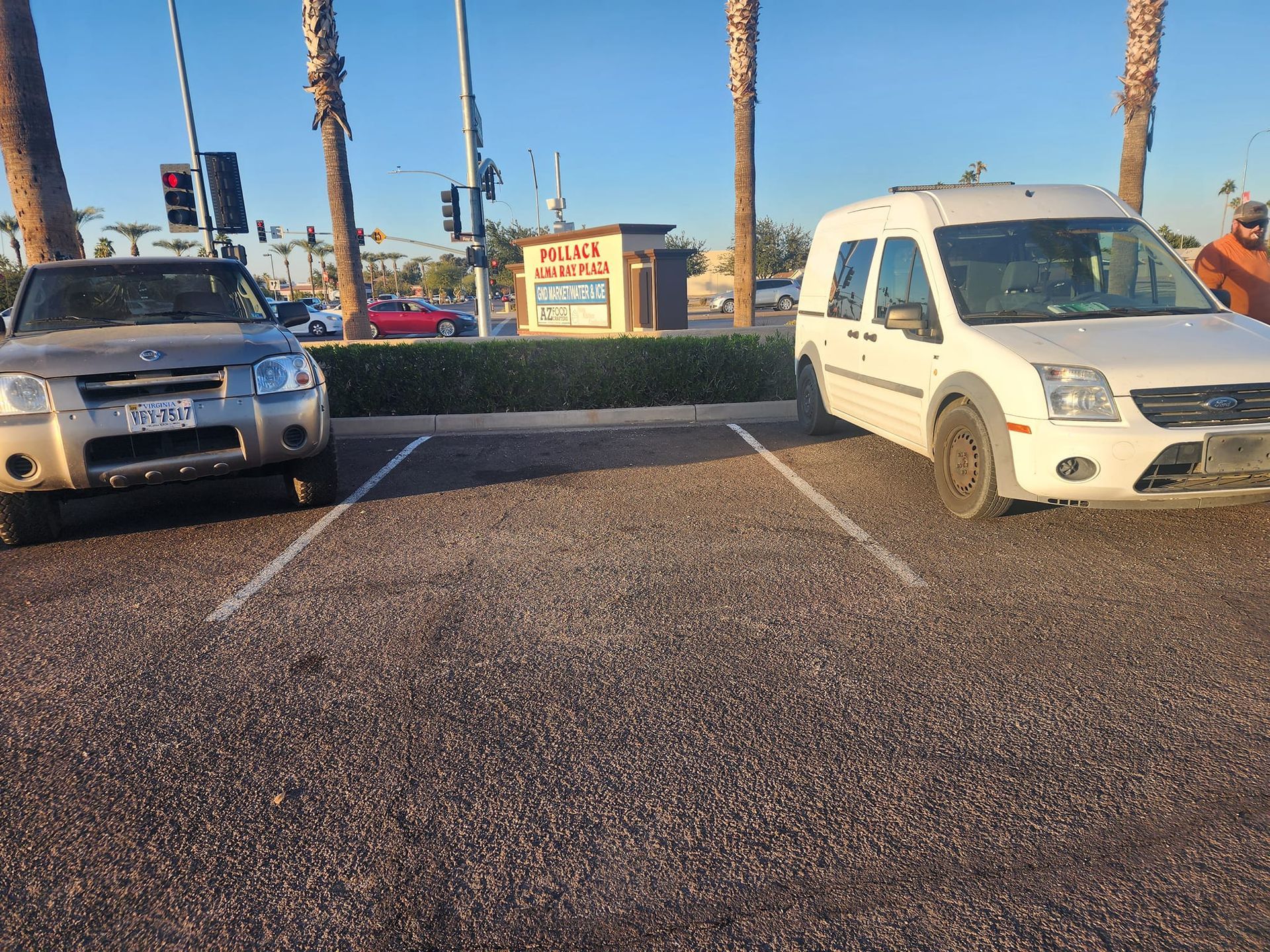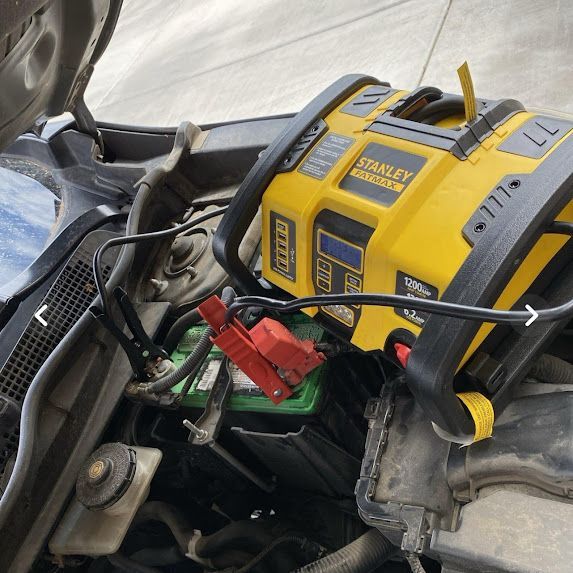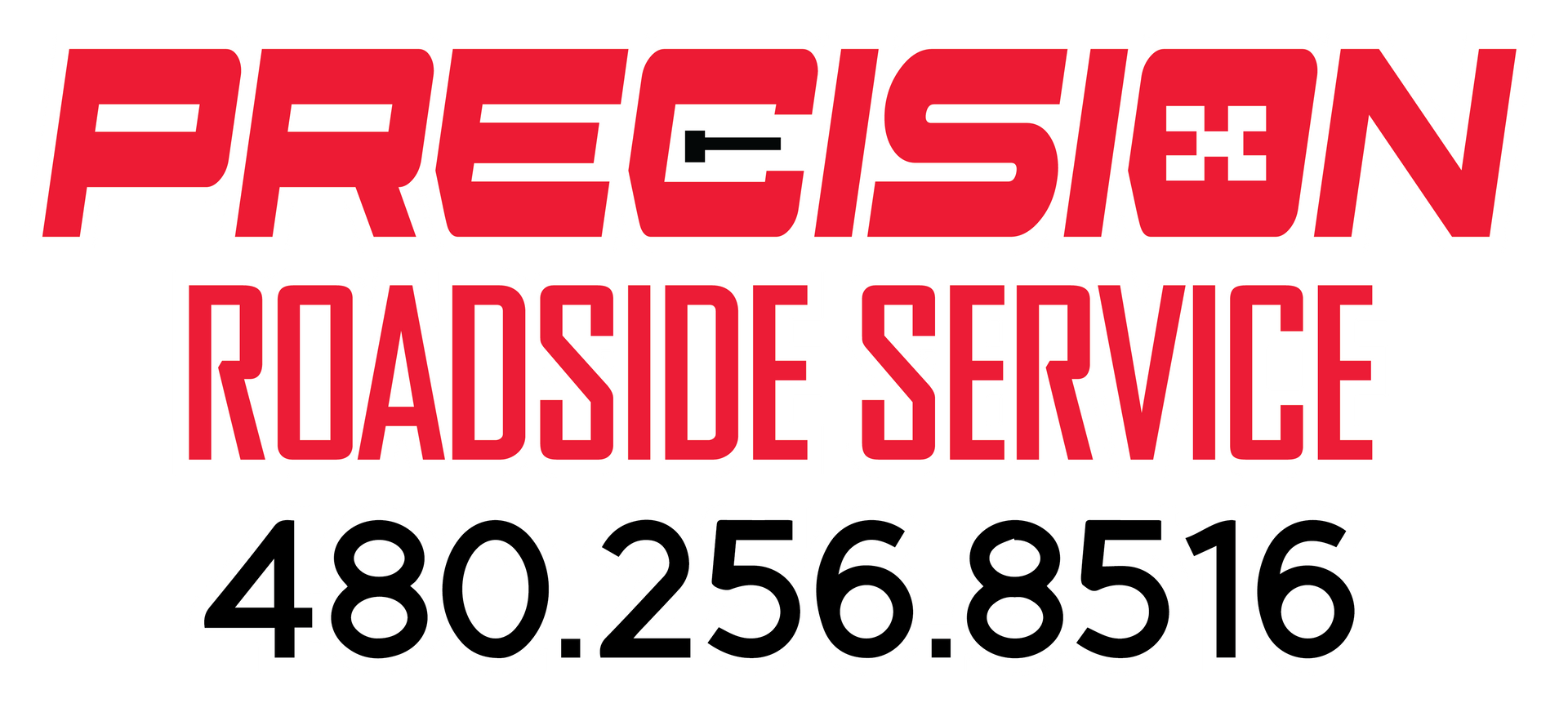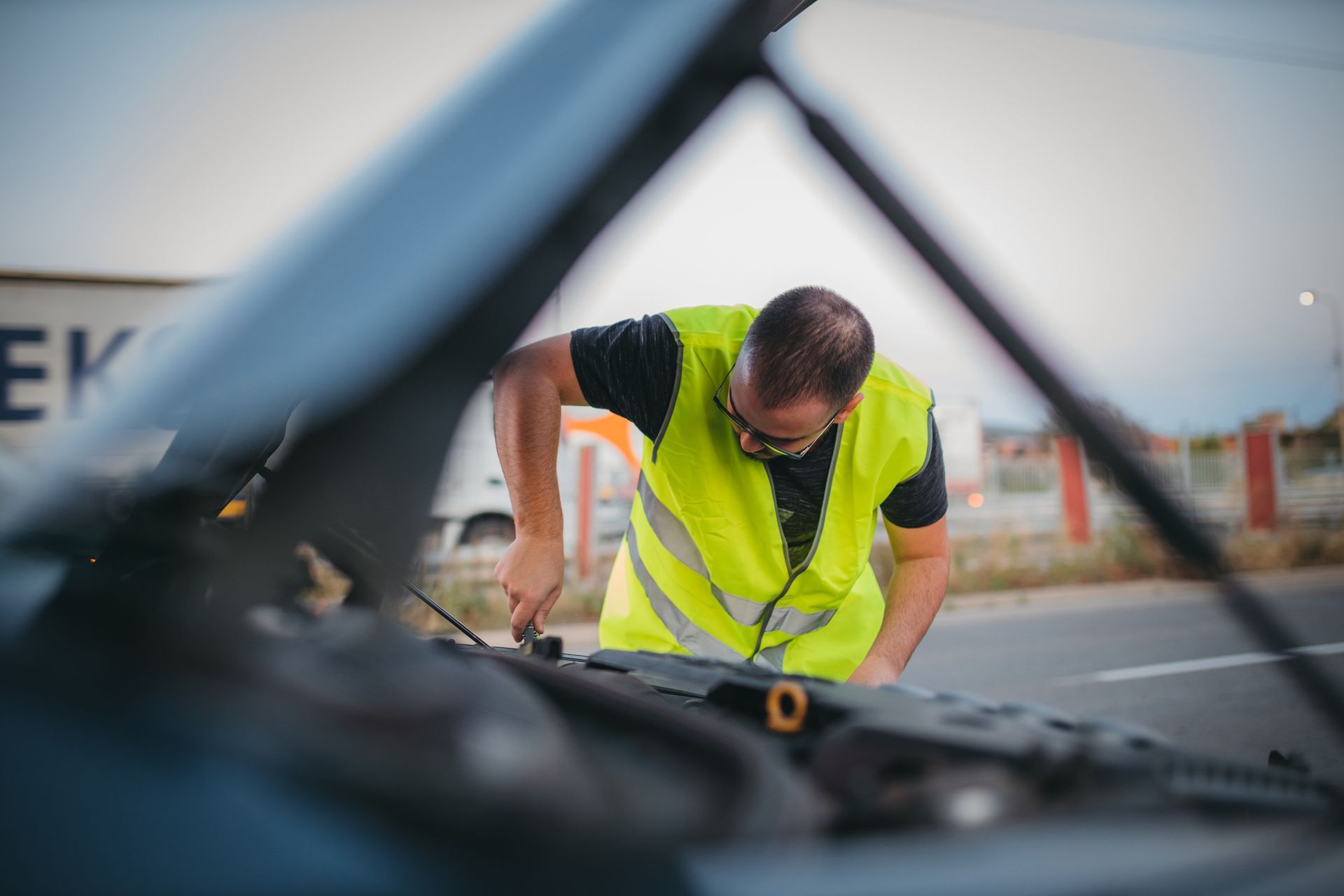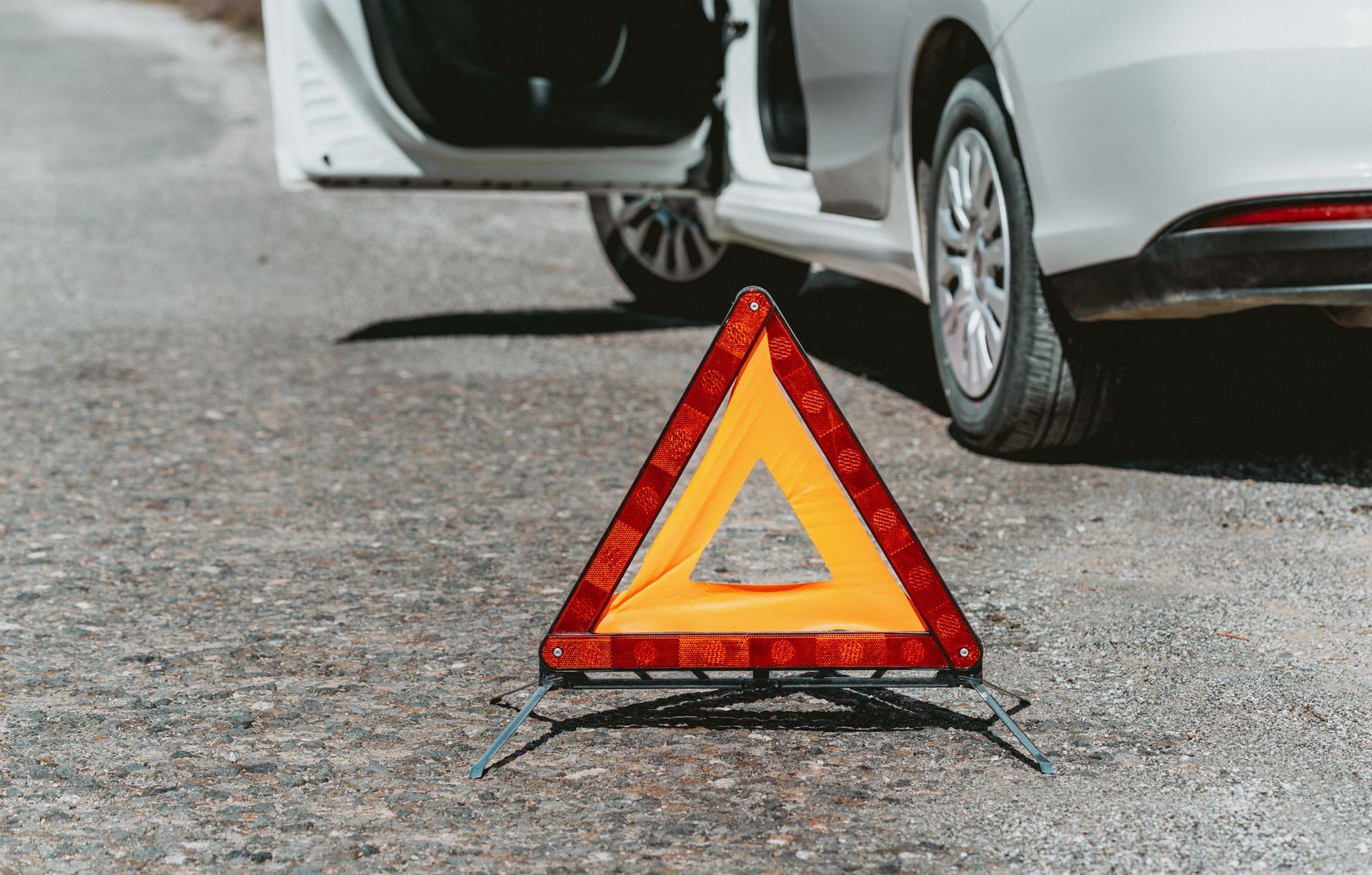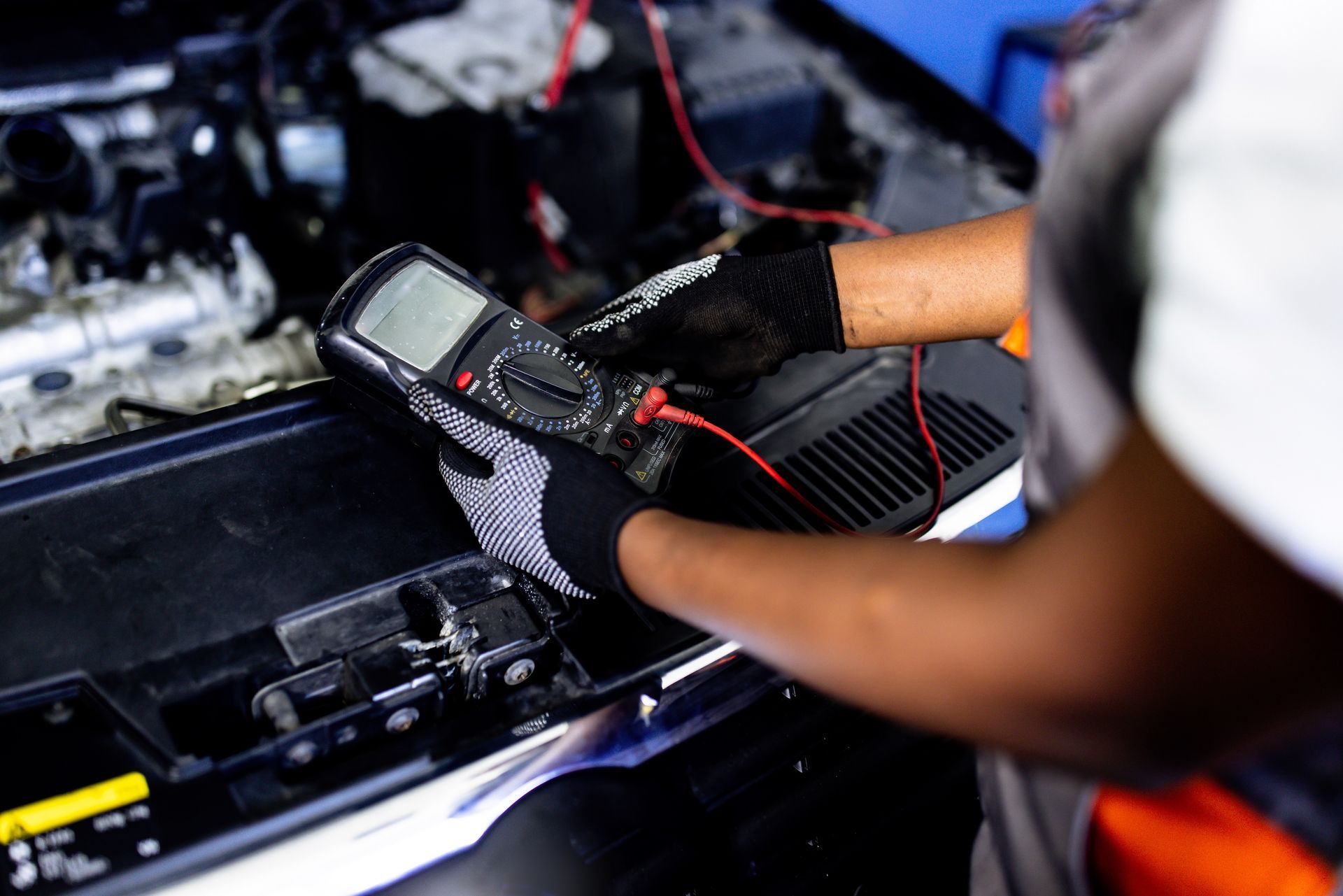Why Properly Torquing Lug Nuts to Specification Is Essential for Vehicle Safety and Performance
Properly torquing lug nuts to the manufacturer’s recommended specifications is a critical aspect of vehicle maintenance. Neglecting this step or doing it incorrectly can lead to significant safety issues, compromised performance, and costly repairs. Below, we’ll explore why this process is vital and how it impacts your vehicle.
1. Ensuring Safety on the Road
Proper torquing of lug nuts is essential for ensuring your wheels remain securely attached during operation.
- Prevents wheel detachment: Loose lug nuts can lead to wheel separation, posing a severe safety risk. On the other hand, overtightened lug nuts may cause excessive stress on the wheel assembly.
- Even pressure distribution: Adhering to the proper torque specifications ensures even pressure across all lug nuts, reducing the risk of structural failure in the wheel, brake rotor, and hub assembly.
2. Achieving Proper Wheel Fitment
Correct torque settings contribute to the accurate alignment and secure placement of your wheels.
- Even clamping force: Proper torque ensures equal clamping pressure on all lug nuts, preventing misalignment or warping. Uneven torque can lead to compromised handling, breaking, and vehicle stability.
- Prevents warping and vibration: Excessive torque may deform the wheel, brake rotor, or hub, while insufficient torque can loosen the nuts over time, causing vibration and potential damage.
3. Protecting Vehicle Components
Improperly torqued lug nuts can cause damage to critical components, resulting in unnecessary repairs.
- Prevents damage to lug nuts and studs: Over-tightening can strip threads or break wheel studs, while under-tightening may cause looseness, both of which lead to expensive repairs.
- Avoid rotor and hub distortion: Incorrect torque settings can distort the brake rotor or hub, leading to poor braking performance, vibrations, and uneven tire wear.
4. Maintaining Warranty and Longevity
Following torque specifications helps preserve your vehicle’s integrity and warranty.
- Warranty compliance: Manufacturers often require adherence to torque settings to maintain warranty coverage, especially for suspension and braking components.
- Extended part of lifespan: Proper torque reduces stress on components, enhancing the longevity of wheels, brake rotors, and wheel bearings.
5. Preventing Uneven Tire Wear
Correctly torqued nuts help maintain proper wheel alignment, ensuring even tire wear and improved performance.
- Improves handling and efficiency: Misaligned wheels due to improper torque can lead to uneven tire wear, reducing safety, fuel efficiency, and tire lifespan.
How to Properly Torque Lug Nuts
To ensure proper torquing, follow these steps:
- Use a torque wrench: Invest in a calibrated torque wrench and refer to your vehicle’s owner manual for the specific torque setting, typically ranging from 70 to 100 FT-LBS (95 to 135 Nm).
- Follow the correct pattern: Tighten lug nuts in a star or crisscross pattern to evenly distribute clamping force. Gradually increase the torque in multiple stages.
By adhering to proper torque specifications, you can ensure your vehicle operates safely, efficiently, and for a longer time. This simple yet vital maintenance step protects your investment and gives you peace of mind on the road.

